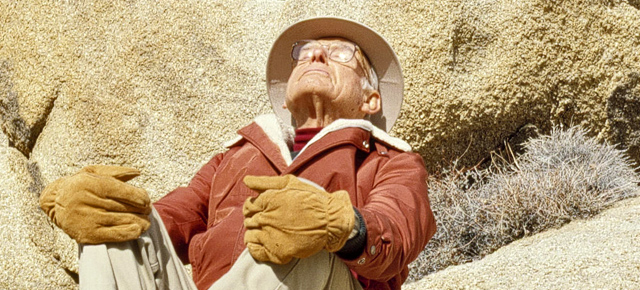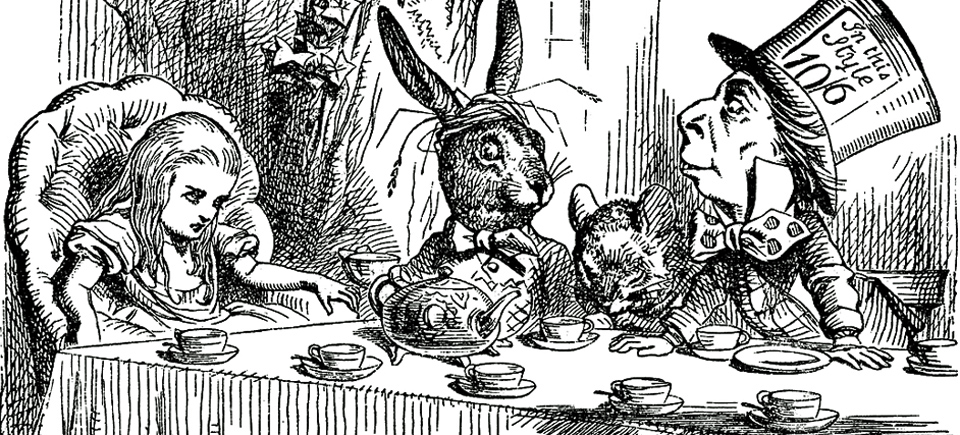
Meet the Lab Coat-Clad Granddaddies of LSD
Meet the Lab Coat-Clad Granddaddies of LSD
When he was 101 years old, Swiss chemist Albert Hofmann wrote Steve Jobs to seek his help in transforming his “problem child” into a “wonder child”. The wild one in question was LSD.
Dear Mr. Steve Jobs,
Hello from Albert Hofmann. I understand from media accounts that you feel LSD helped you creatively in your development of Apple computers and your personal spiritual quest. I’m interested in learning more about how LSD was useful to you.
I’m writing now, shortly after my 101st birthday, to request that you support Swiss psychiatrist Dr. Peter Gasser’s proposed study of LSD-assisted psychotherapy in subjects with anxiety associated with life-threatening illness. This will become the first LSD-assisted psychotherapy study in over 35 years.
I hope you will help in the transformation of my problem child into a wonder child.
Sincerely,
A. Hofmann
Hofmann’s enfant terrible was first born in a Swiss lab in November 1938. Its father, Albert Hoffman, was working on ergot (rye fungus) derivatives in search of a substance that could cure headaches and migraines.
Its birth itself was totally uneventful. After first being synthesized, LSD sat untouched in the lab until 1943, when its papa accidentally (he prefers “serendipitously”) ingested a quarter of a milligram of the stuff. Hoffman’s life – and with it the world – had been altered for good.
Like Viagra, first developed to cure heart disease, Listerine, intially sold as a floor cleaner and cure for gonorrhea, or the Graham cracker introduced to help suppress sexual thoughts – !, LSD is infinitely more widely known for what it became than for it was initially meant to be.
To most, LSD suggests tie-dye apparel, psychedelic music and visuals, barefootedness, and the great unwashed trippy hippie nation of the 1960s. It is easily associated with bad trips and flashbacks and visions of Jimmy Hendrix concealing acid in his bandana before climbing on stage (a myth, apparently.)
Our fascinating feature doc, Hofmann’s Potion (2002), rewinds this story back to where it all began – the lab. Pulling away from the beatniks “hearing colours and seeing sounds” in the streets and living rooms of America, it focuses on the dedicated scientists who created LSD and researched its uses as a therapeutic drug, some 2 decades earlier.
These are the granddaddies of acid. Now white-haired, brittle and ancient, they discuss the infancy of LSD, then seen as a powerful tool to treat alcoholism, reduce pain and bring about greater cohesion into the multitudinous layers of the Self. We hear from Hofmann himself (elegant and lively at 96), but also from many of his collaborators or contemporaries, including Humphrey Osmond, Ralph Metzner, Abram Hoffer and Aldous Huxley’s widow, Laura Archera Huxley.
If they have anything in common, all of them bemoan the fate that was reserved to their secret magic molecule. The ritual aspect, the preparation, the attention to set and setting, all that was lost when the drug hit the street. “It was very upsetting,” Ms. Huxley says.
LSD was introduced as a psychiatric drug in 1947. Twenty-one years later (incidentally, the year before Woodstock), its possession was made illegal in the US. Today, medical research is resuming around the world and LSD continues to be used – illegally – for philosophic, artistic, therapeutic or spiritual purposes.
Famous users include Kary Mullis, a Nobel Prize winning biochemist who asserted that LSD helped him develop the polymerase chain reaction that helps amplify specific DNA sequences, as well as Steve Jobs, who famously credited LSD as an integral part of his success.
In an interview with the New York Times, Jobs said: “Doing LSD was one of the 2 or 3 most important things I have done in my life,” adding that Bill Gates would “be a broader guy if he had dropped acid once.”
Albert Hofmann died of natural causes a year after sending the letter in 2008. He was 102 years old. Steve Jobs passed away in October 2011. No one knows whether he wrote the old Swiss chemist back.
—
Hofmann’s Potion, Connie Littlefield, provided by the National Film Board of Canada



Thank you so much for that film. It ties together the truths of early times from being legal, to being a crime and exposing people to becoming guilty of criminal activity. That in itself is the most harmful to live on the edge of. 45 years of the truth of self with the ability to enjoy each moment has led me to a place of no more questions. I hope that many can help to find that special place That LSD belongs in our life.
My dad did it in a university experiment in 1956. The psych department publicly solicited volunteers to test it..